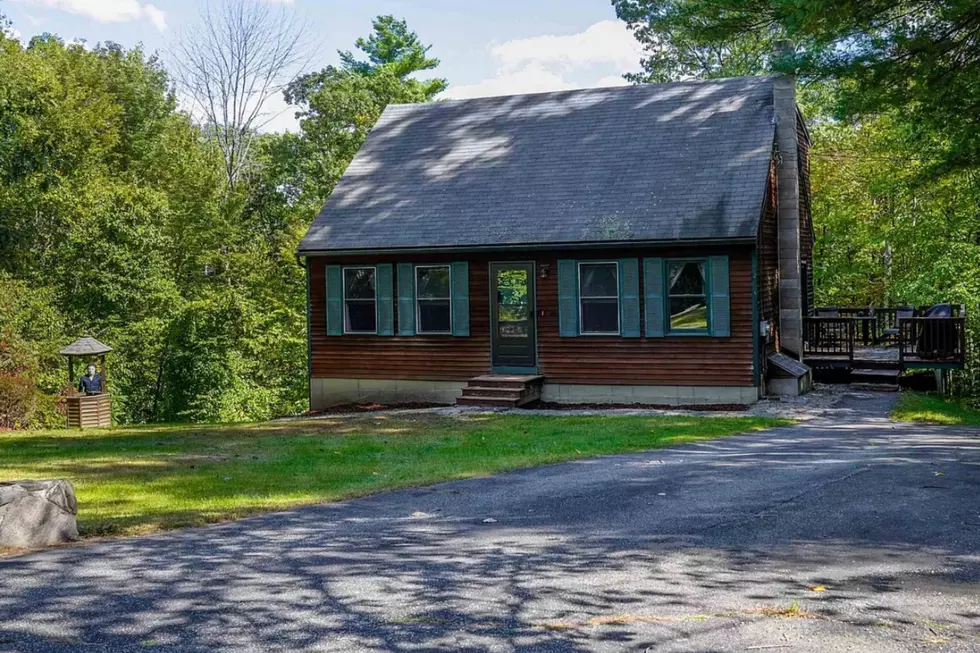
Please Don’t Stack Rocks: Here’s Where and Why It’s Illegal in New England
Editor's note: This article was written by a Townsquare Media Northern New England contributor and may contain the individual's views, opinions or personal experiences.
I've seen them and I'm sure you have, too. Rocks are stacked and balanced in various formations on hiking trails, beaches, and in deserts. Unfortunately, these rock towers can be dangerous and harmful to the environment, and that's why they're not legal in National Parks according to the Hiking Authority.
According to The New Yorker, Acadia National Park in Bar Harbor, Maine, used the help of several volunteers to destroy nearly thirty-five hundred rock stacks on two mountains alone in 2016 and 2017. Here's a list of all of the national parks in New England and the northeast on the National Parks Service website, and there are a lot of them that you might not realize are out there.
Hiking Authority says national parks consider stacked rocks as vandalism, and you can be fined for building your own cairns. First, you're disturbing the natural environment, and secondly, there's also the danger of weather knocking them down, humans disturbing them by adding to them, or wildlife bothering them, which makes injury a real possibility as well.
And in reality, according to Ausable River Association, we shouldn't be building rock cairns anywhere, even if rules and laws don't exist.
Ausable River Association says the impact on the ecosystem is detrimental because fish lay eggs between rocks for protection, so moving them is destroying possible life and the natural order of things. Also, it goes against the idea of leaving no trace when we hike, bike, swim, and play in natural areas. We as humans should leave the smallest mark possible when visiting parks, rivers, and beaches, whether it's illegal or not.
I'm glad our national parks made it illegal, and just so you know, always double-check any rules in city and state-owned parks and beaches, as well around New England. They may have rules against rock stacking and balancing.
By the way, rock balancing is a practice that’s been going on for 4,000 years, and although it's not clear why stone and rock stacking became a thing, experts speculate it's for either navigation or religious purposes and burial plots. By the way, they're officially called rock cairns. The word 'cairn' comes from a Gaelic term that means “heap of stones."
Live in a Modern Day $60 Million New England Castle on 75 Acres with a Moat
Only One Hour to Breathtaking Crane Beach and Ipswich, MA
More From Seacoast Current








